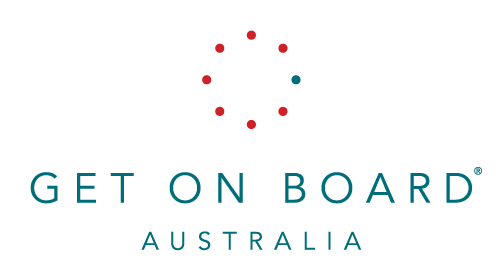A Lesson in Patience

Pursuing a board opportunity is an exciting and nerve-wracking experience, particularly if it’s your first time. Not wanting to inadvertently make a wrong impression, I’m often asked by board hopefuls “How long should I wait after applying before following up?”
You don’t want to come off looking like a stalker, but you want to show enough interest in the opportunity so it looks like you genuinely care about the organisation and are willing to put in the effort. It’s your first opportunity to demonstrate your care factor in the organisation and its purpose.
But what’s appropriate? There are a few ‘rules of thumb’ that I recommend to clients – which I’m sharing below. Before I get in to those, let’s first consider why board recruitment seems to take so long.
Why does it take so long?
Boards largely operate on their own time schedule. Committees and boards meet around once a month, once every second month, or once a quarter. There’s already a lot to cover at those meetings. When you add in recruitment activities, it’s another item on an already long list of things to do.
Furthermore, board members – particularly volunteer board members – are usually serving on a board in addition to a [very busy] professional career. Professional by day, board member by night. For this reason, it can be quite challenging to fit in board and committee work – like interviewing potential board candidates – inside normal business hours.
Throw in to that mix a crisis at either their workplace or on the board – or both! – and you’ve got any number of things that influence how fast or slow a board’s recruitment activities can move.
I am also aware that Government board recruitment processes can take up to six months, so get prepared to do a lot of waiting if you are pursuing these boards.
Now that you have a bit of understanding of the competing pressures of boards and board members, let’s turn our attention to when you should follow up after you have applied for a board opportunity.
When should I follow up?
Here are few rules of thumb to keep in mind when tracking your application and scheduling in follow-ups:
- If you don’t receive a confirmation that your application has been received, reach out a day or two after your application submission. Reach out to the person who you were instructed to send your initial application to. If it was a generic email address, then send a note to that same email address. If there is a way to get the phone number of that person or the company, try to reach out via phone. You don’t want to have your application sitting in a spam folder somewhere and nobody has noticed it.
- If there’s a closing date, get in touch if you don’t hear anything 2 – 4 weeks after that closing date. If you submitted your application close to the closing date or on the closing date, follow step one above as the first follow up.
- Whenever you were advised to expect to hear from them next, follow up around 2 weeks after that date if you have still not heard anything.
- Continue a follow-up every 2 – 4 weeks after that if you are still not hearing anything. Hopefully you will be kept abreast in a time-appropriate manner on their progress, or if you have not been successful. If you continue not to hear anything, quite frankly I would start questioning whether you would want to be on a board that operates this way.
How should I follow up?
I always recommend a phone follow-up. When you speak to someone you have the opportunity to start forming a rapport. If it’s someone related to the board recruitment process, that’s the person you want to be building a rapport with! Speaking to someone also allows them to hear your tone and your genuine interest in the opportunity.
As much as appropriate, try to find the contact details for the person coordinating the recruitment process and speak to them using the above timeline. I also suggest finding an opportunity to speak to them as you put together your application (that’s before you submit it) to get a better understanding of what they are looking for from candidates (important info to incorporate into your application) and so you can start building the relationship with them BEFORE you ask them for help.
If you can’t reach out via phone, then email is your next best option. Email the address that you were given during the application process, even if you know someone who knows someone on that board, or if you are connected via other means with a member of that board, the CEO, or a staff member. Trying to circumvent the system, or use your network inappropriately will likely not look good for you.
Whether using phone or email, you could say something like:
“Hello <Person’s Name>. My name is Lisa Cook. I’m calling/writing to follow up on the opportunity for the <Organisation Name> board. I’m wondering if you are able to provide an update regarding the process of my application?”
Of course you would then provide any other relevant information to your application, such as the date you submitted it, etc.
What does all of this mean to me?
It’s paramount that you have a healthy level of patience. As you can see, pursuing board opportunities can be a lesson in delayed gratification.
Be understanding. As I laid out above, boards and board members have a full plate already. Going through a recruitment process, particularly one that goes beyond just tapping a mate on the shoulder, on top of an already heavy load can be slow moving.
Know that it’s less about you, and more about them. Don’t take a lack of communication or apparent disinterest personally.
Pursue many right board opportunities (without becoming a serial applier). You have to have many irons in many fires for one to eventually strike.
Following the above rules of thumb will help you to not look like a stalker, but still demonstrate your interest in the opportunity. Remember, this is your first opportunity to demonstrate your care factor in the organisation and its purpose, and to show that you’ll put in the work. Best of luck!
